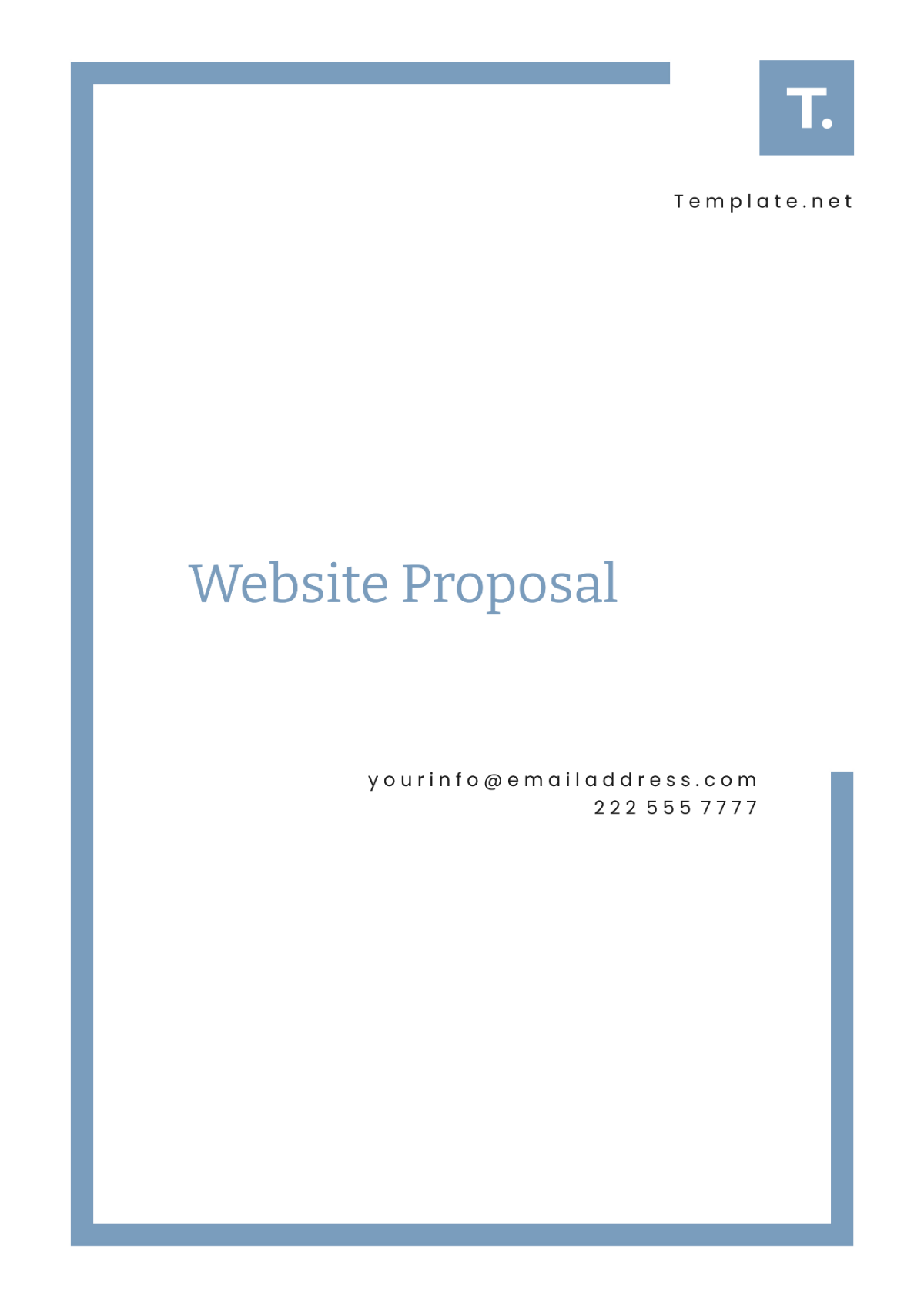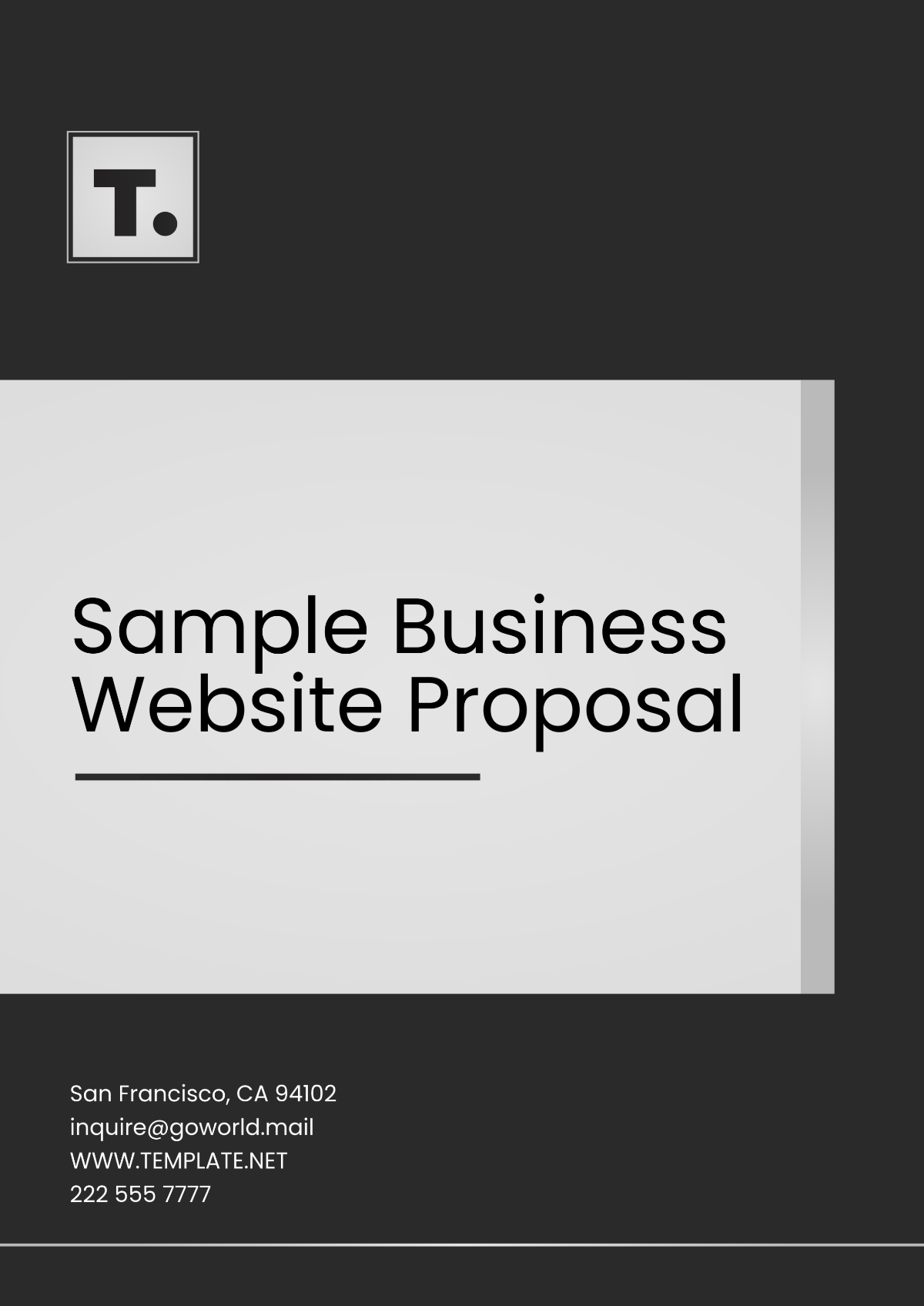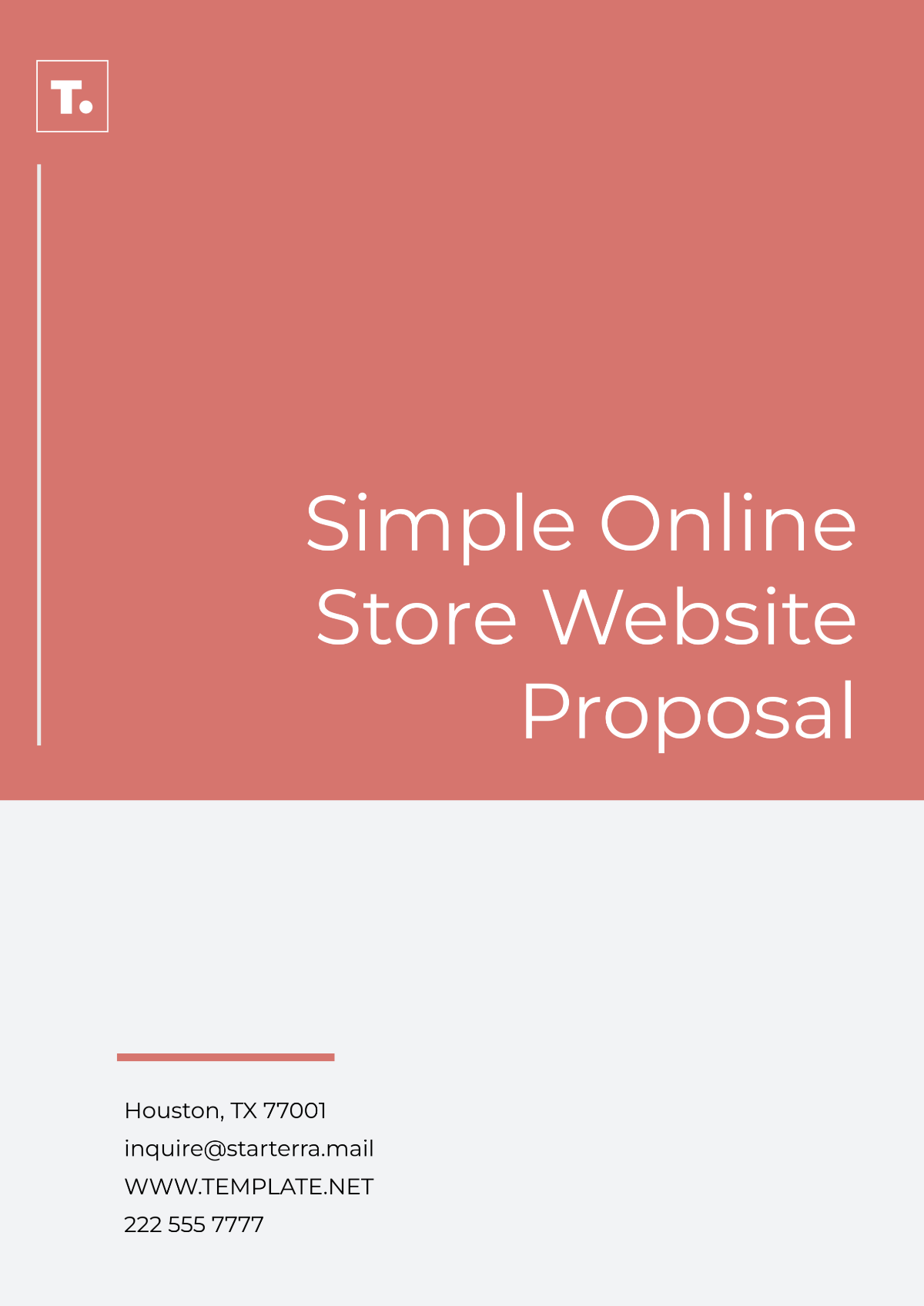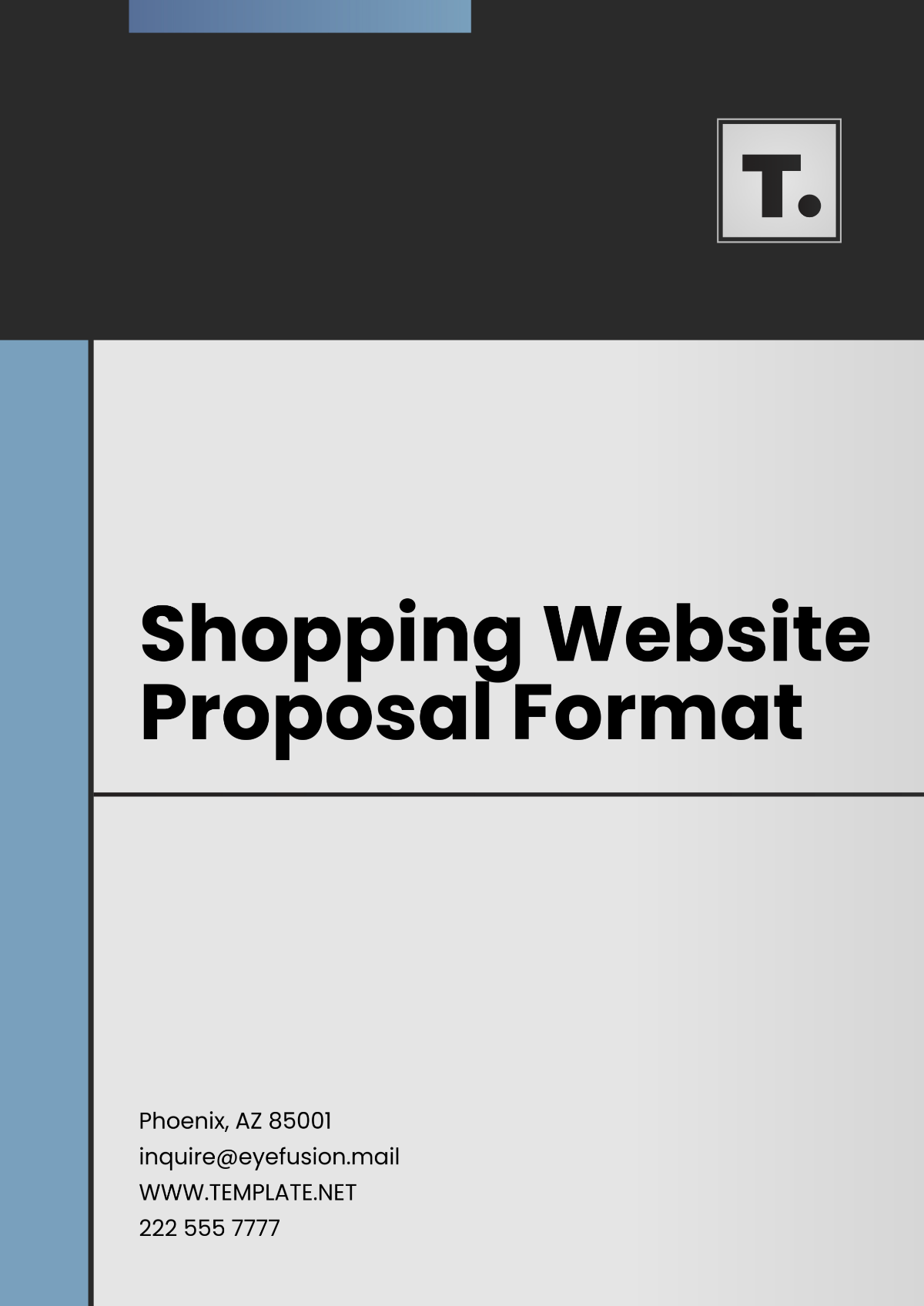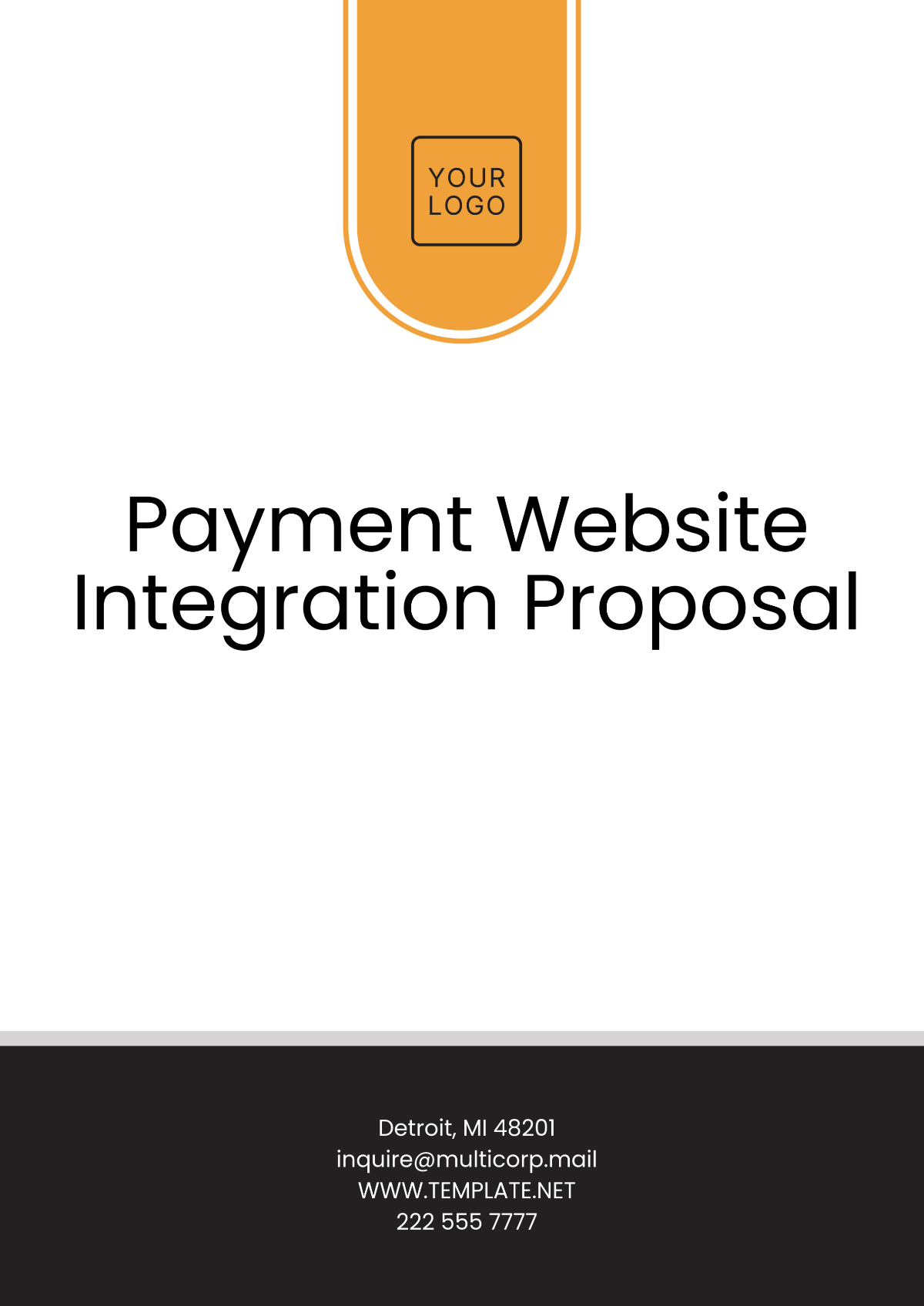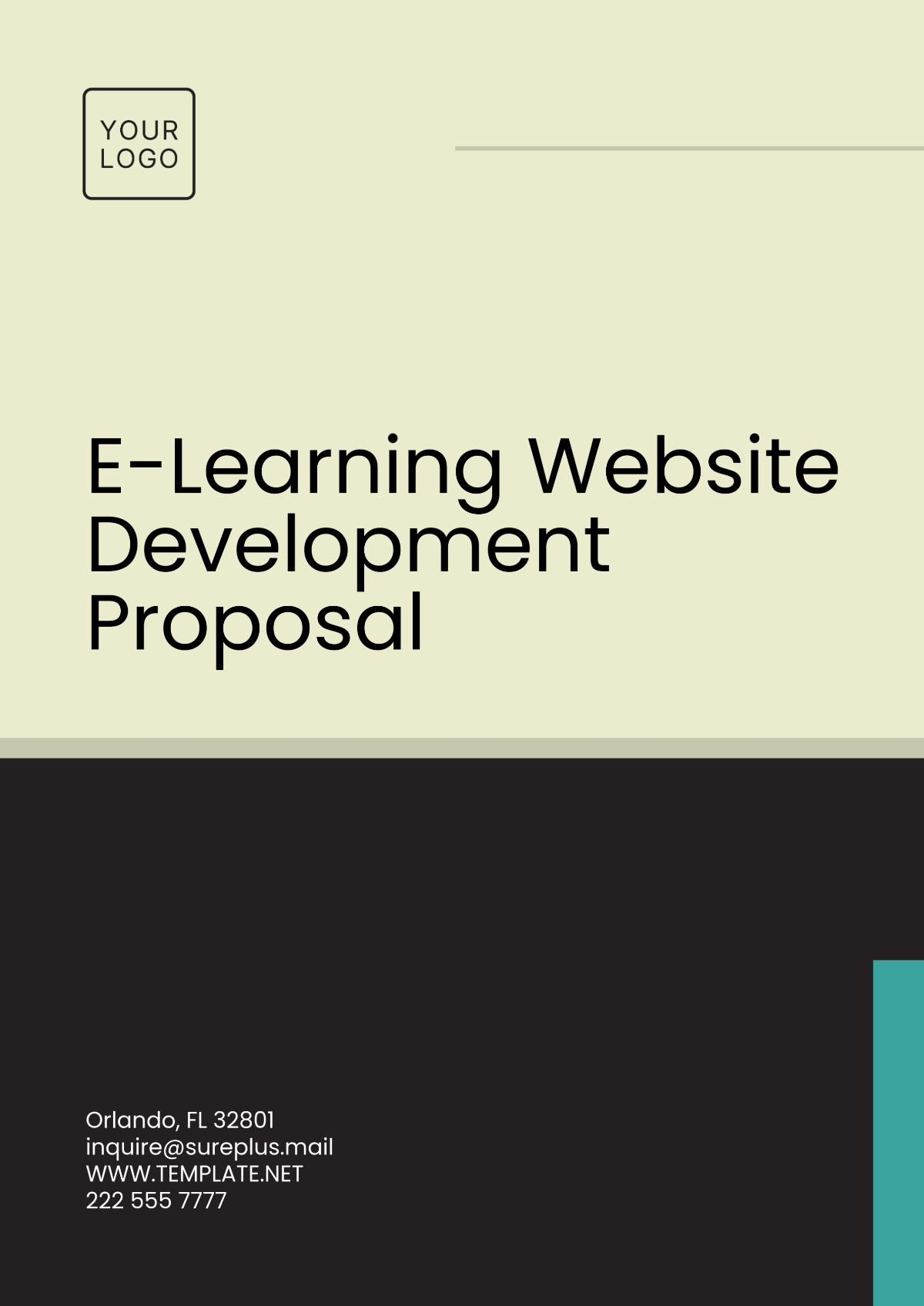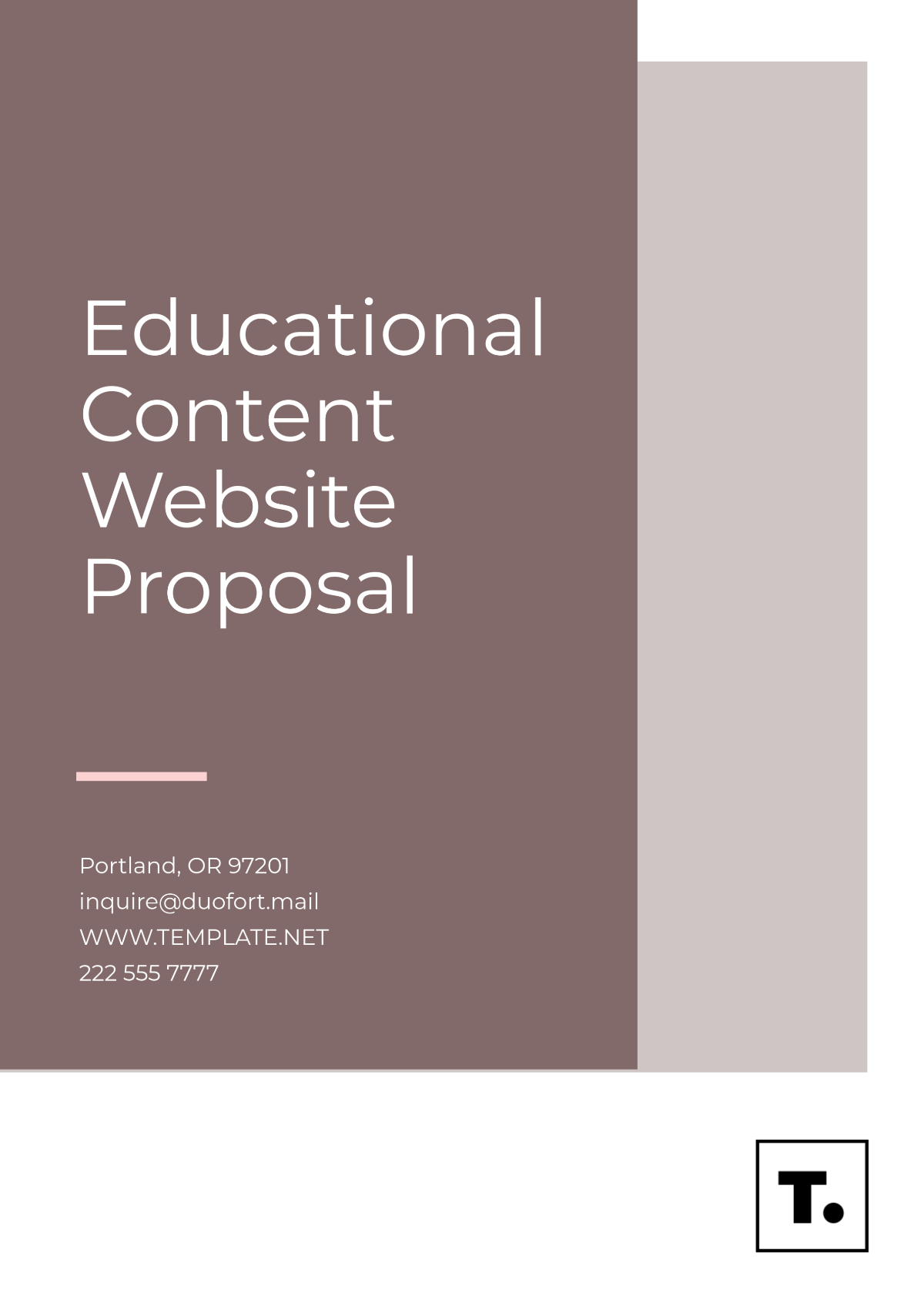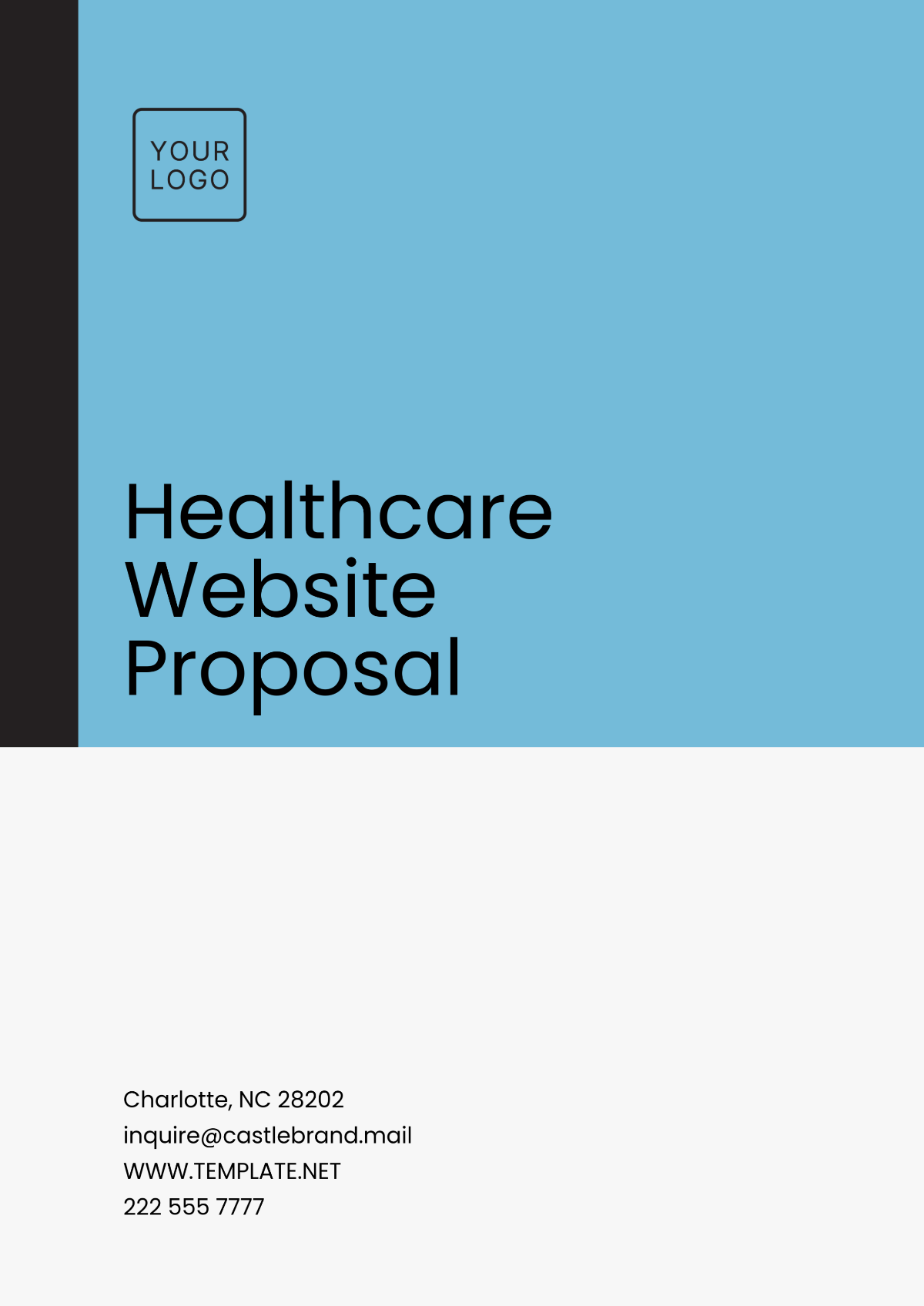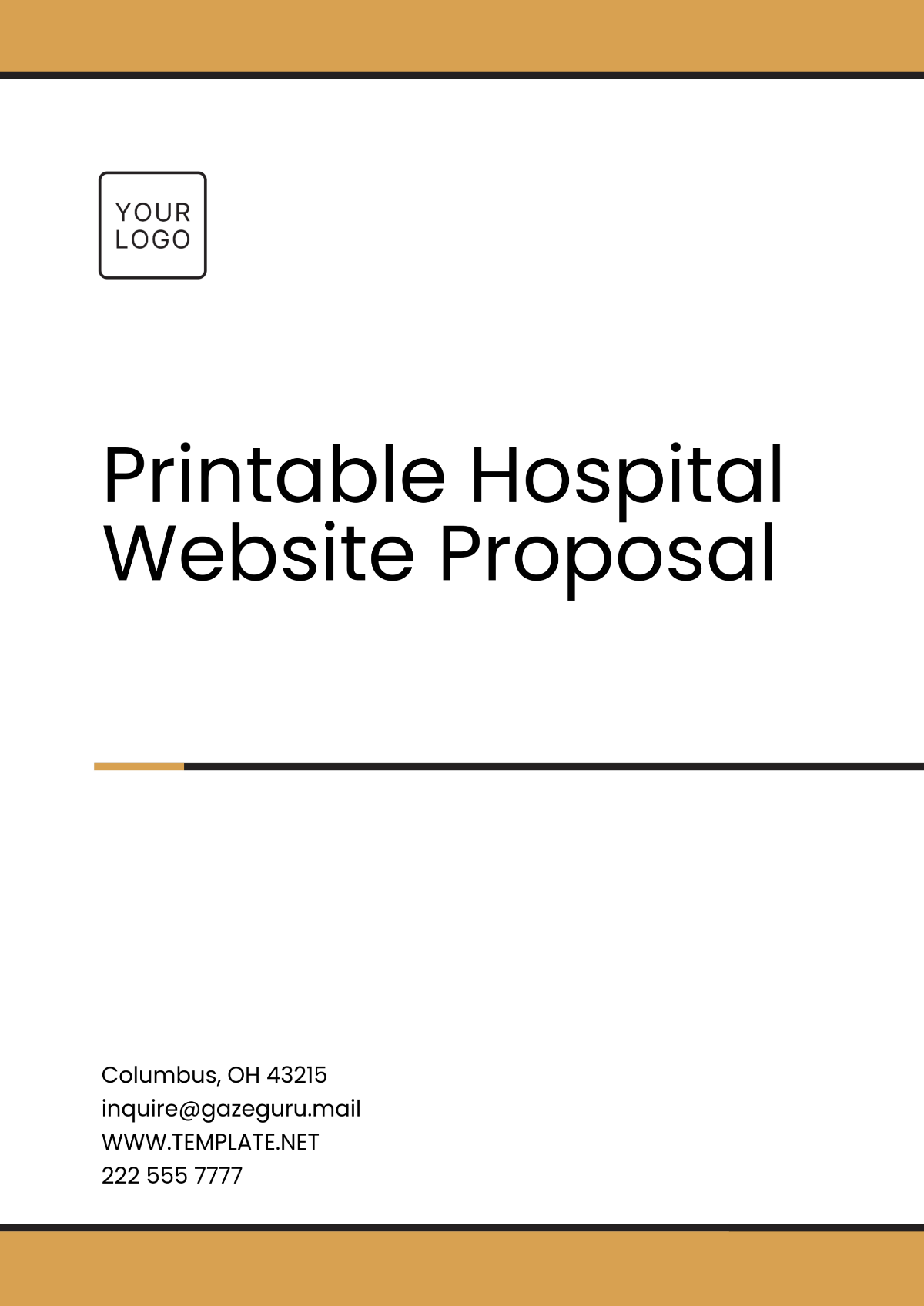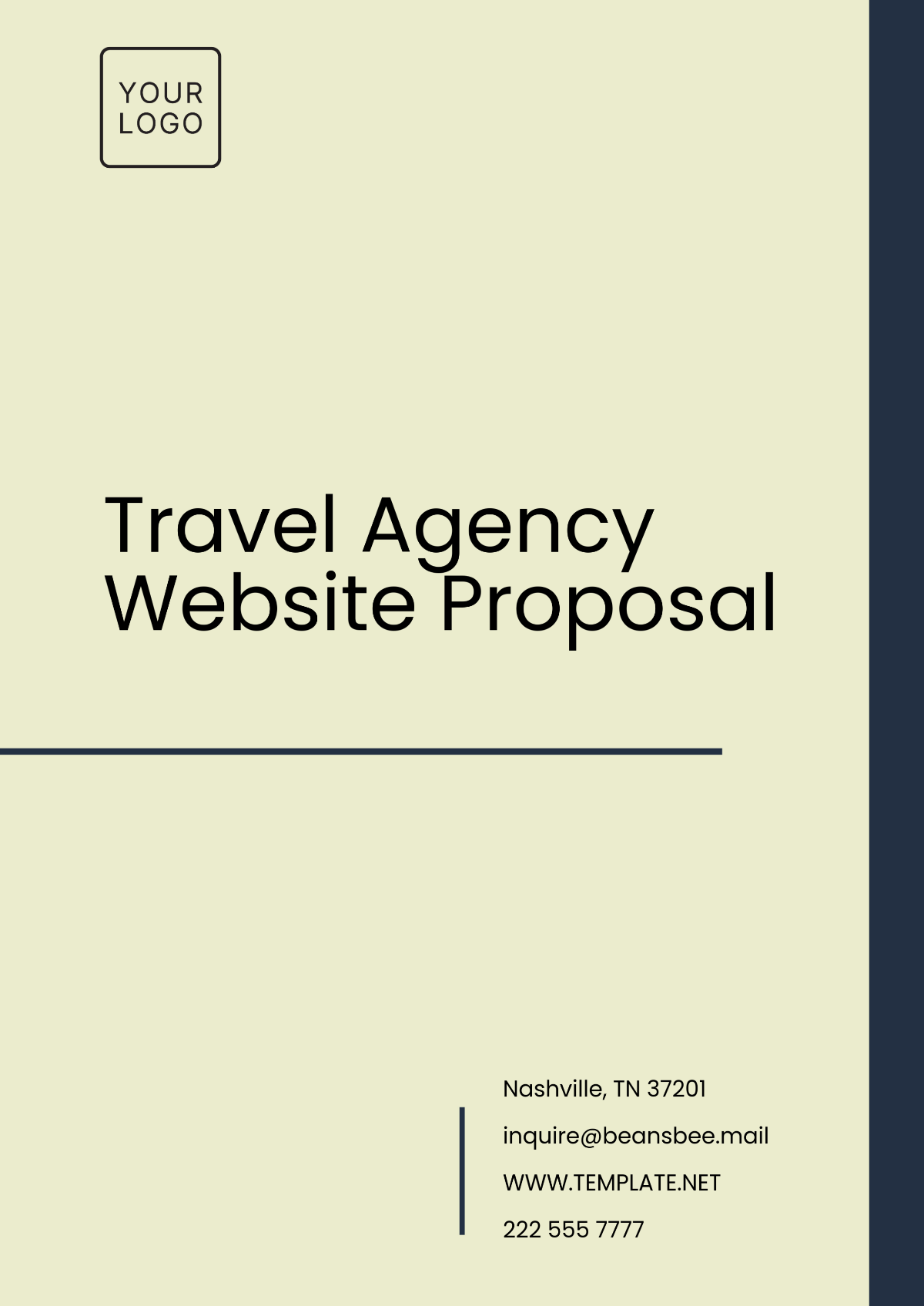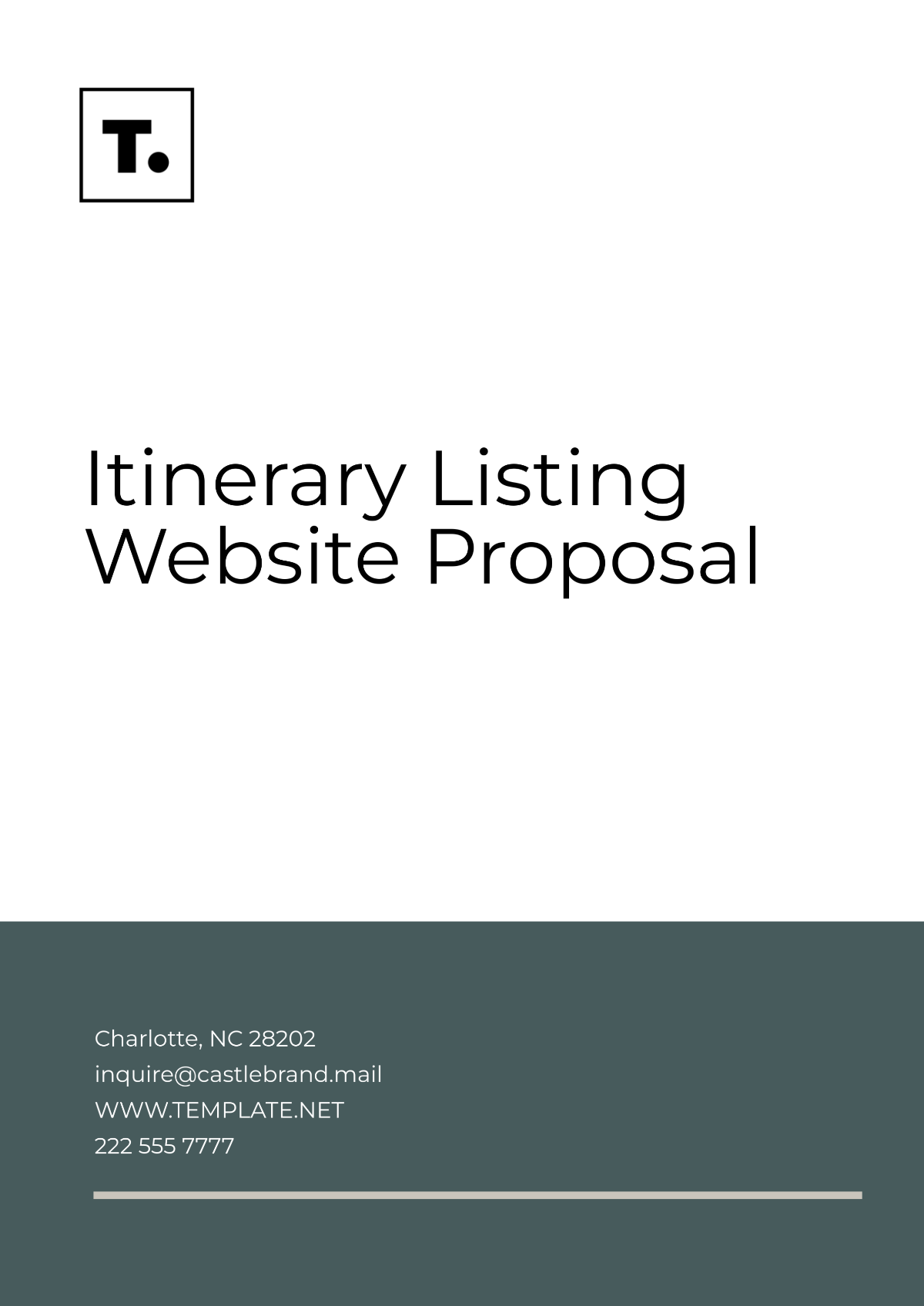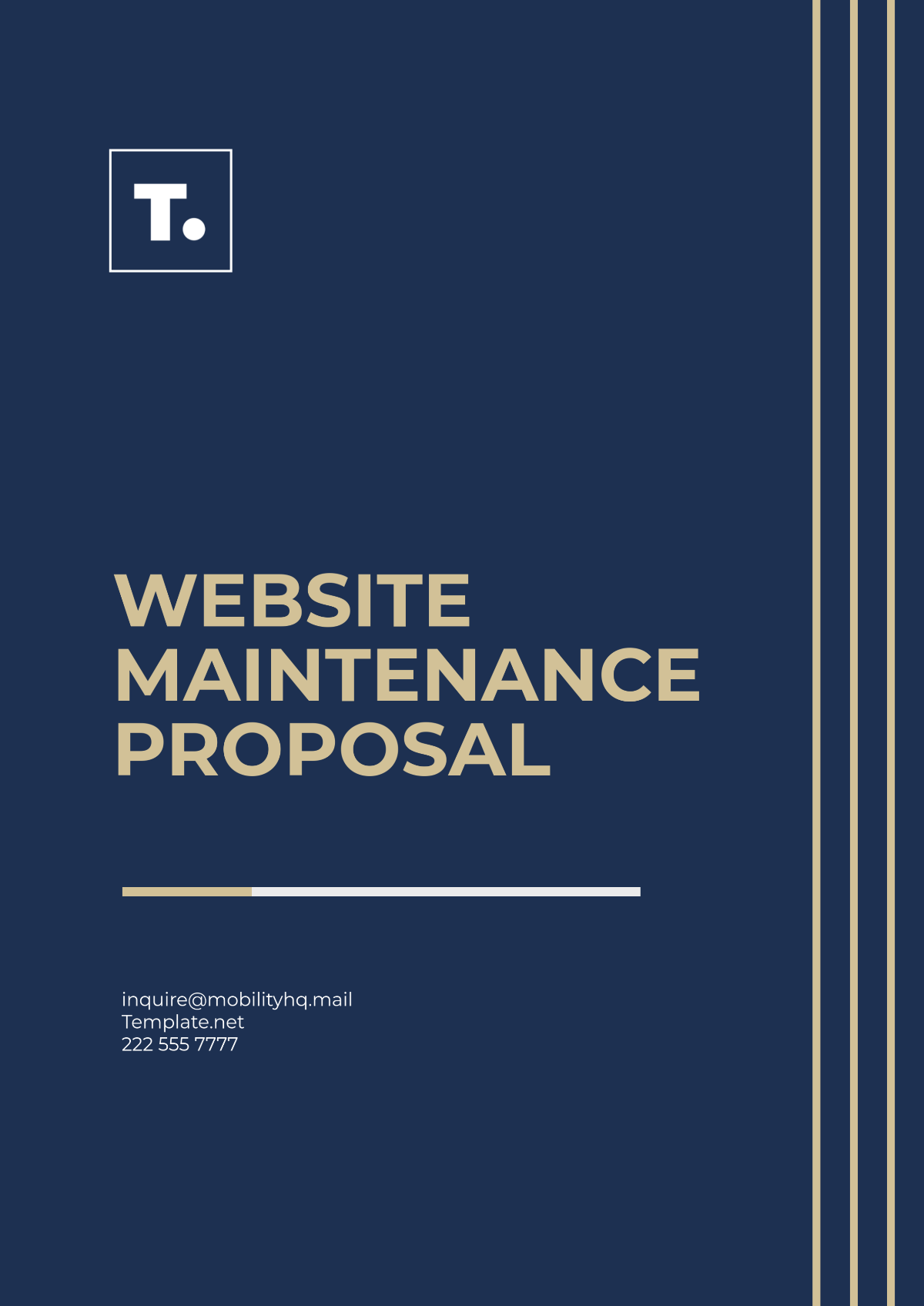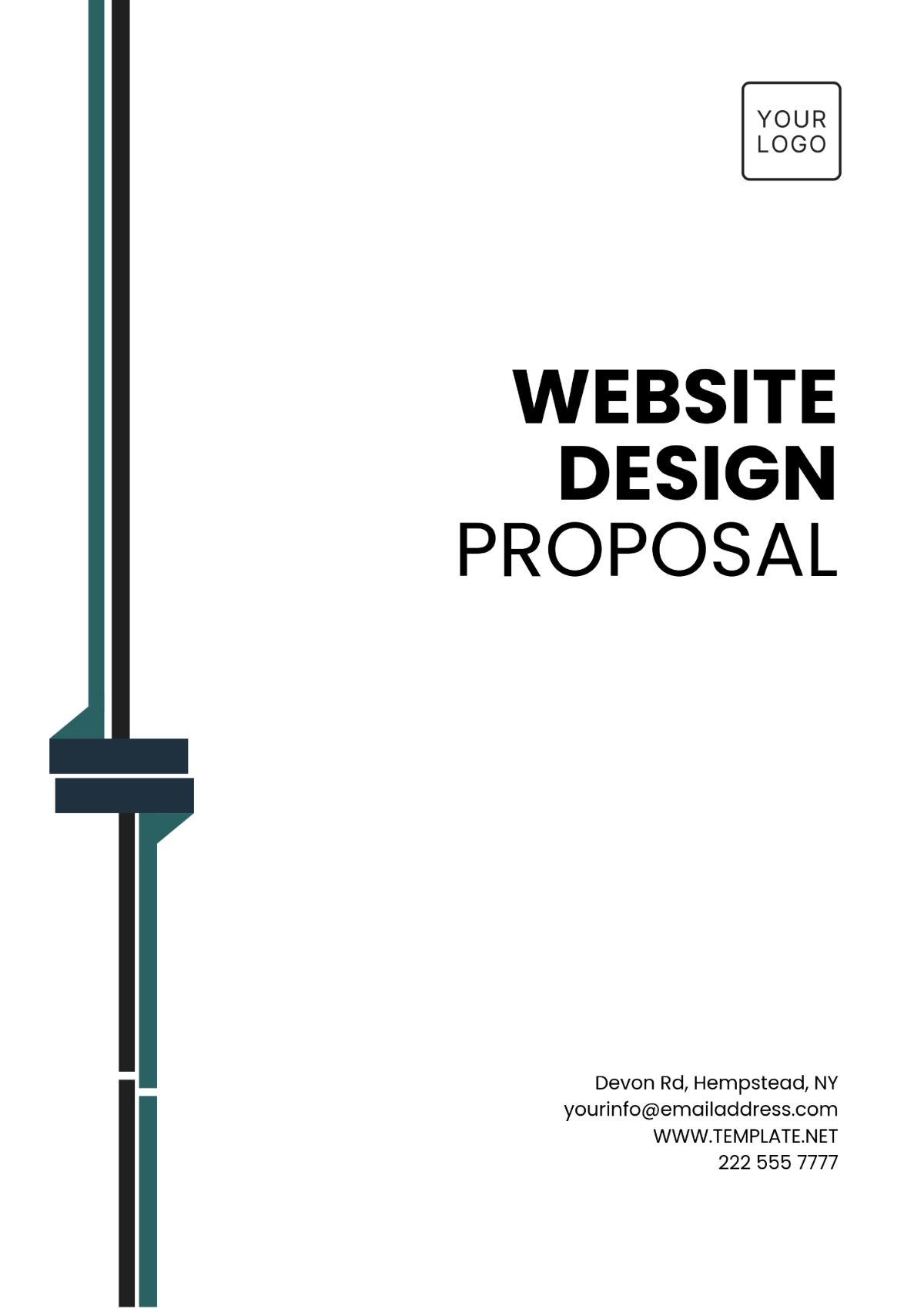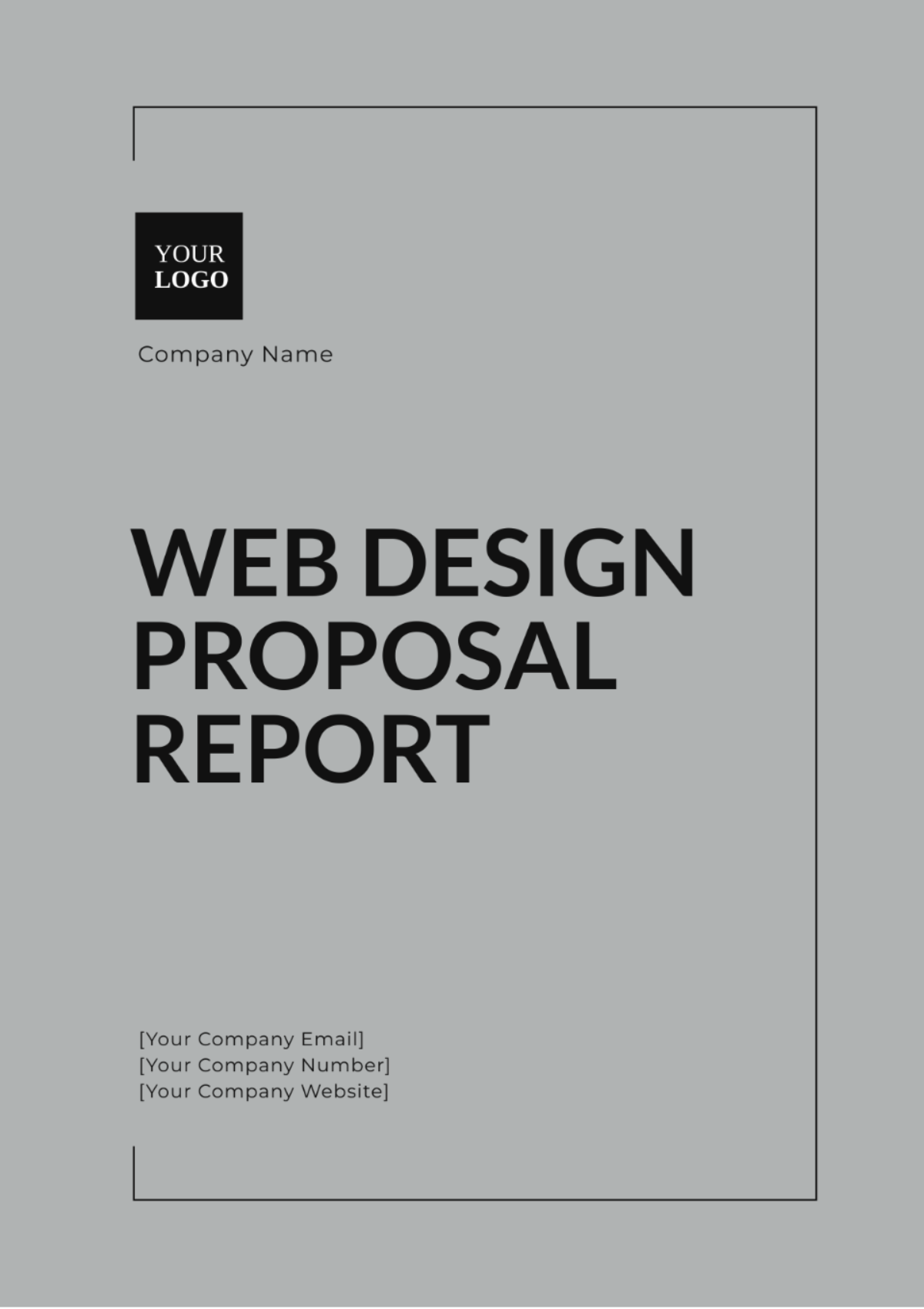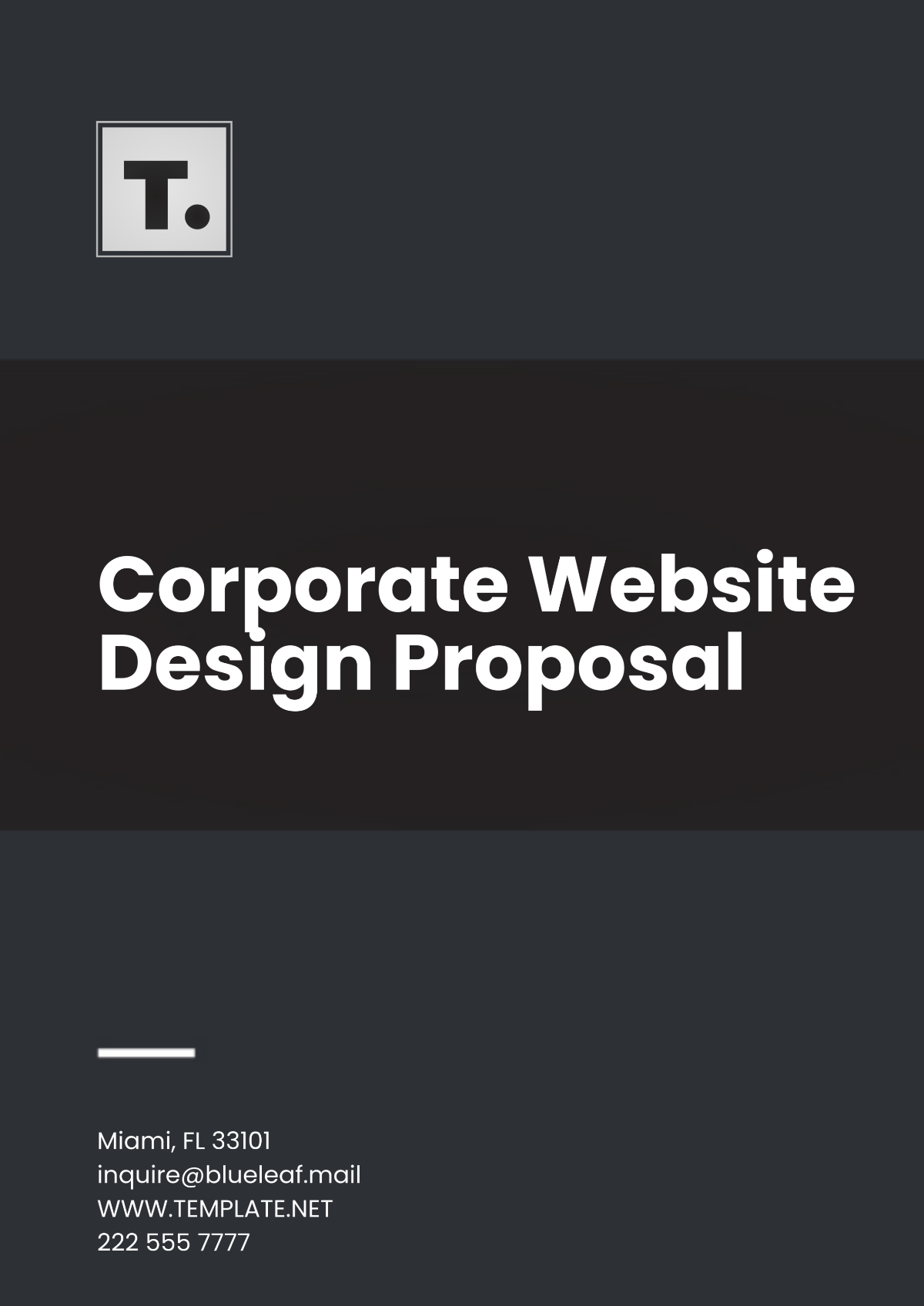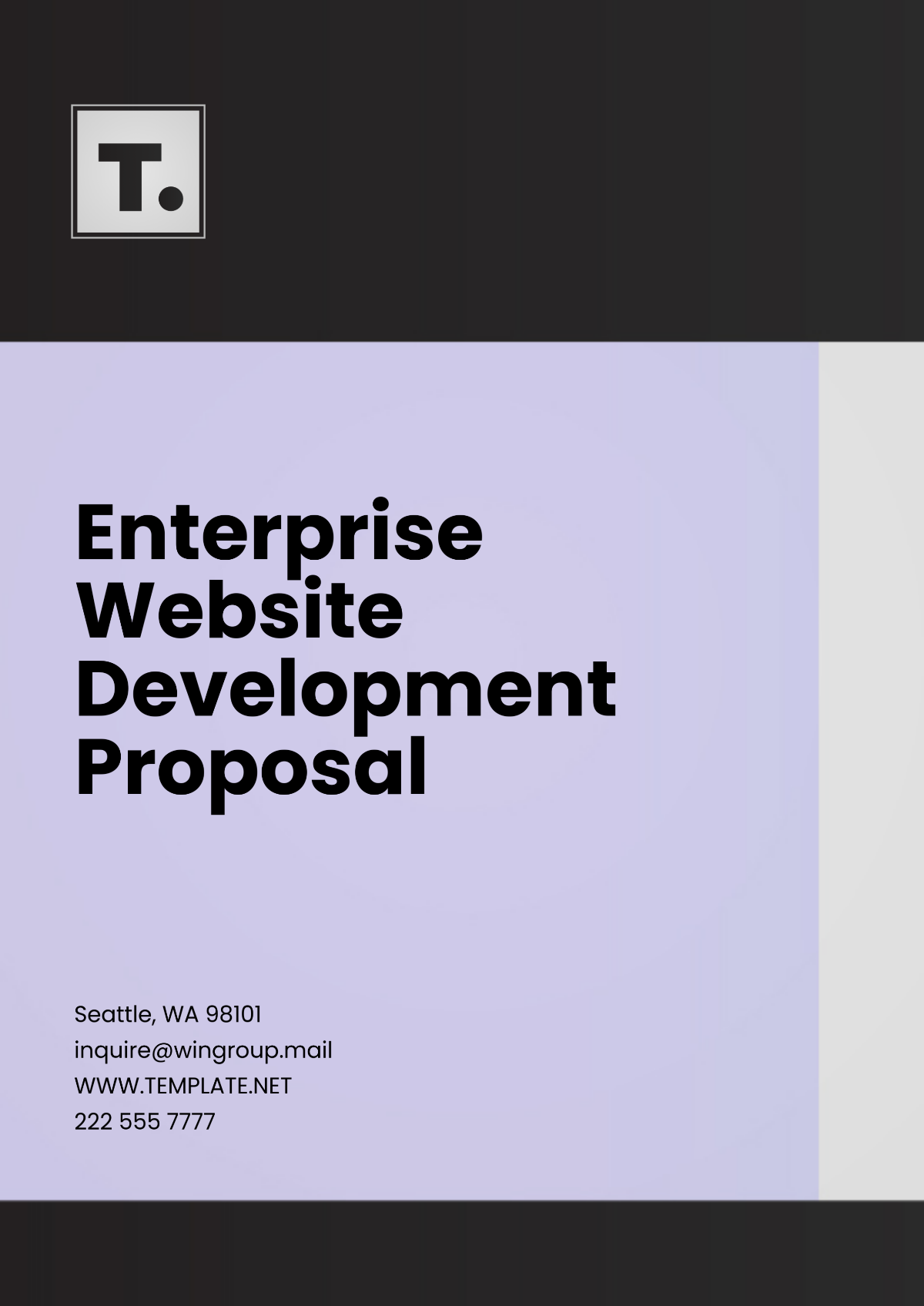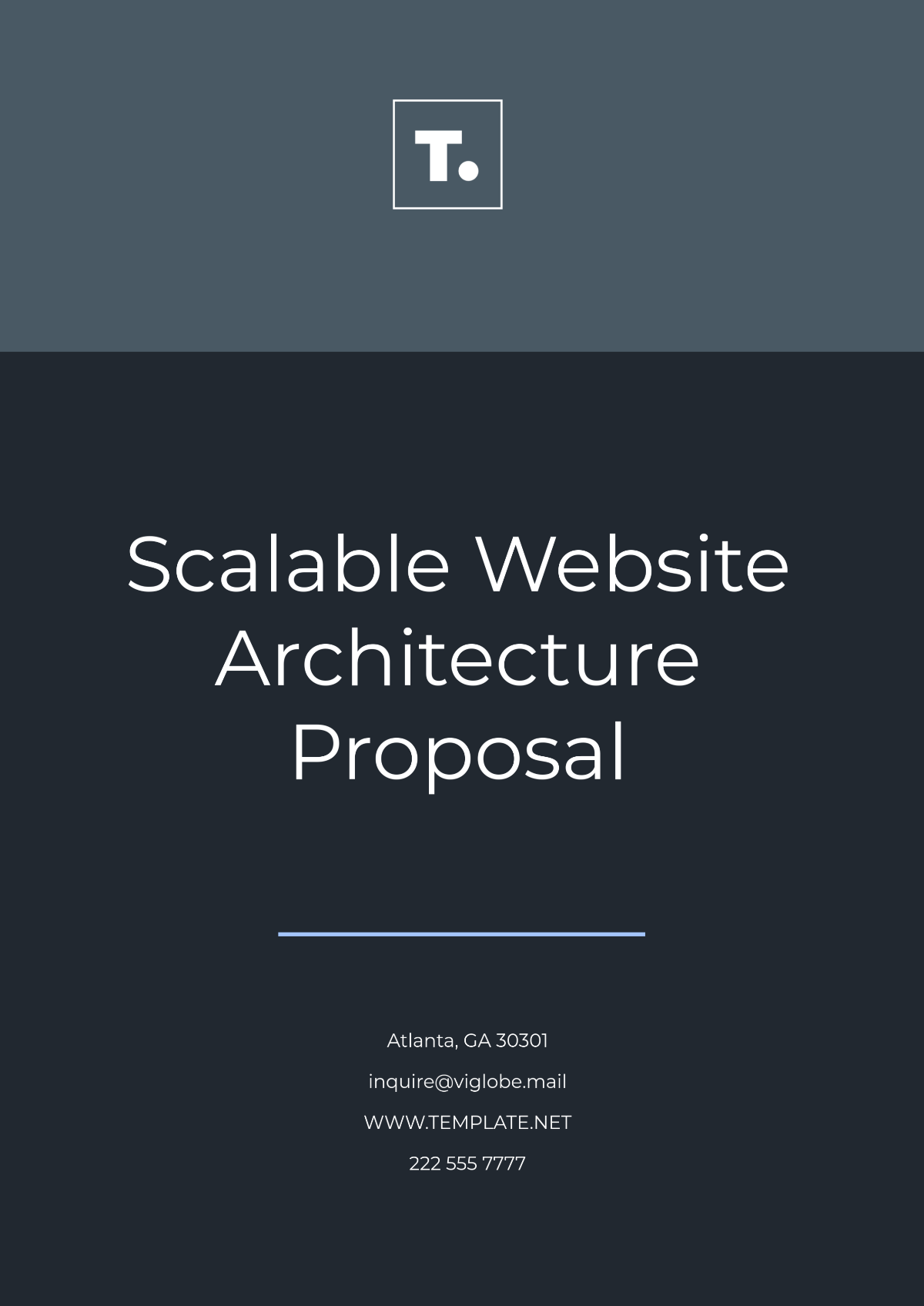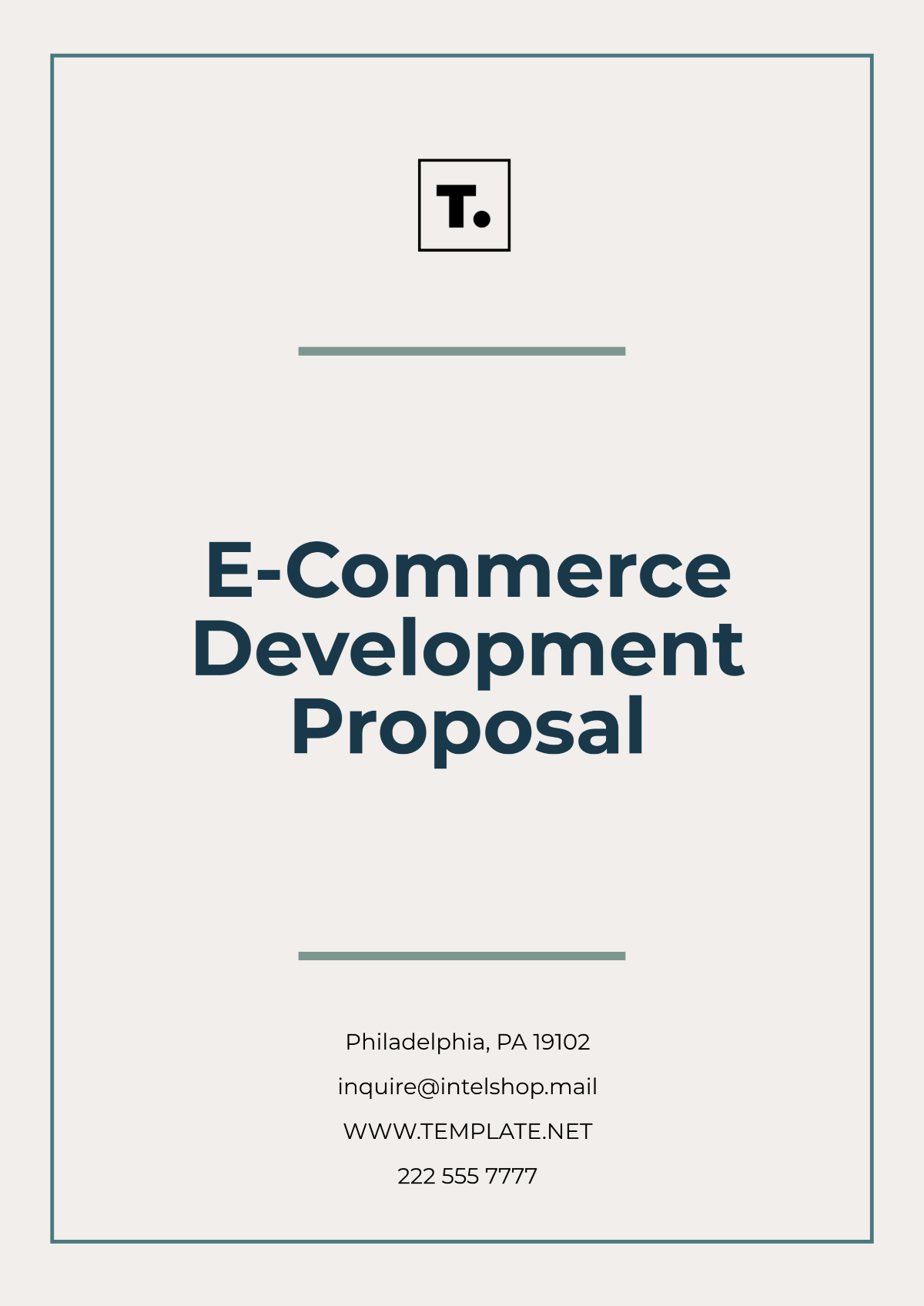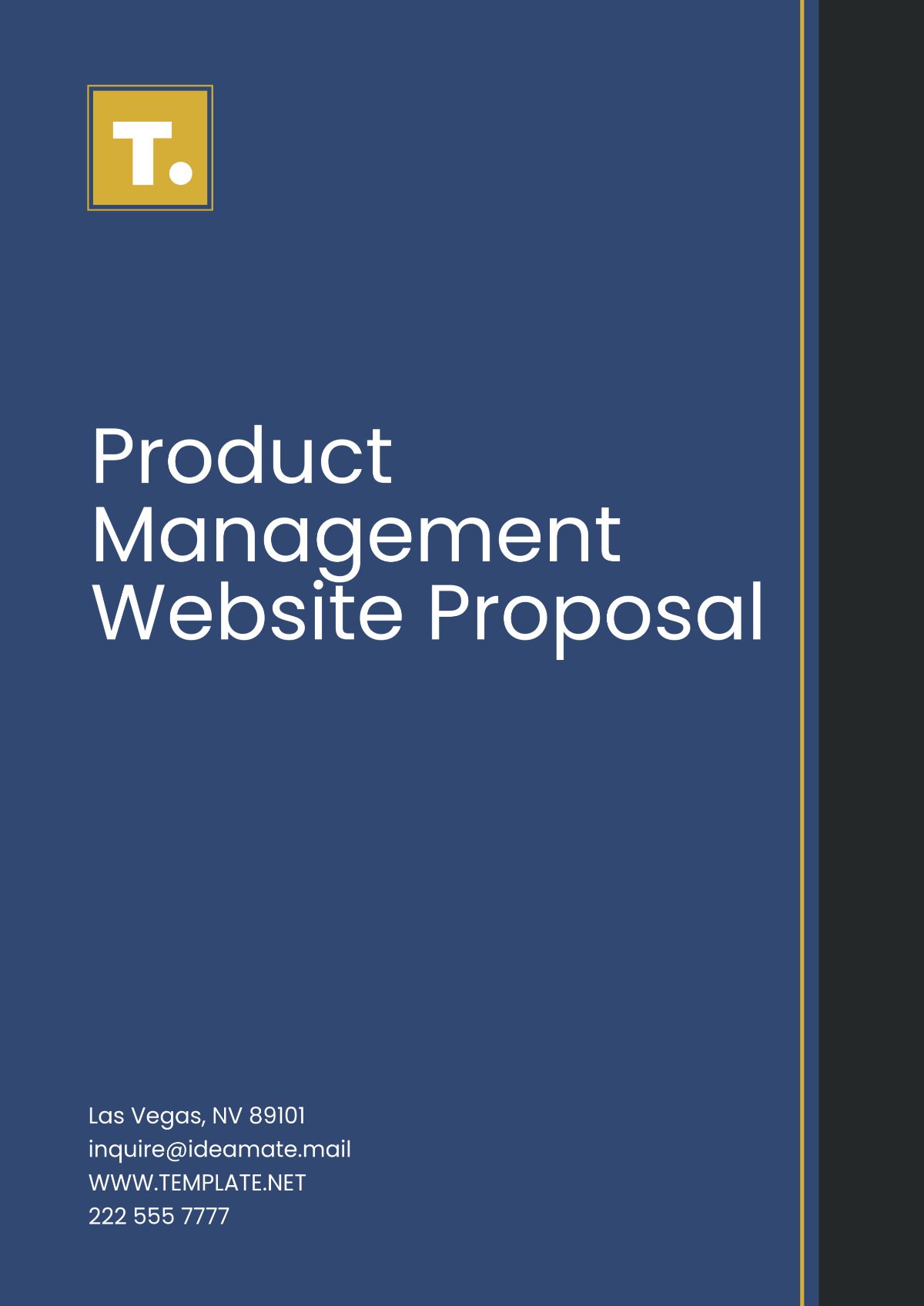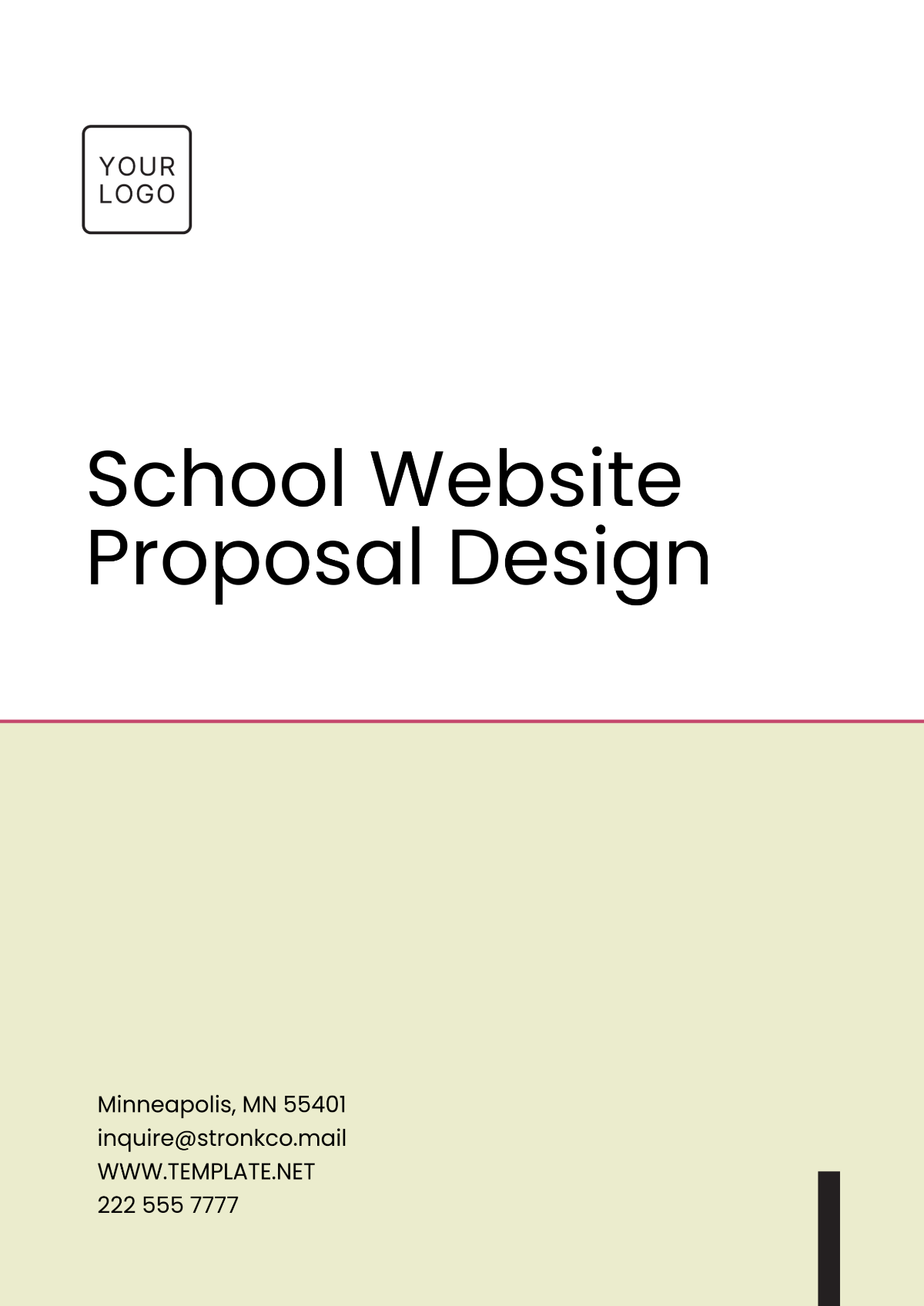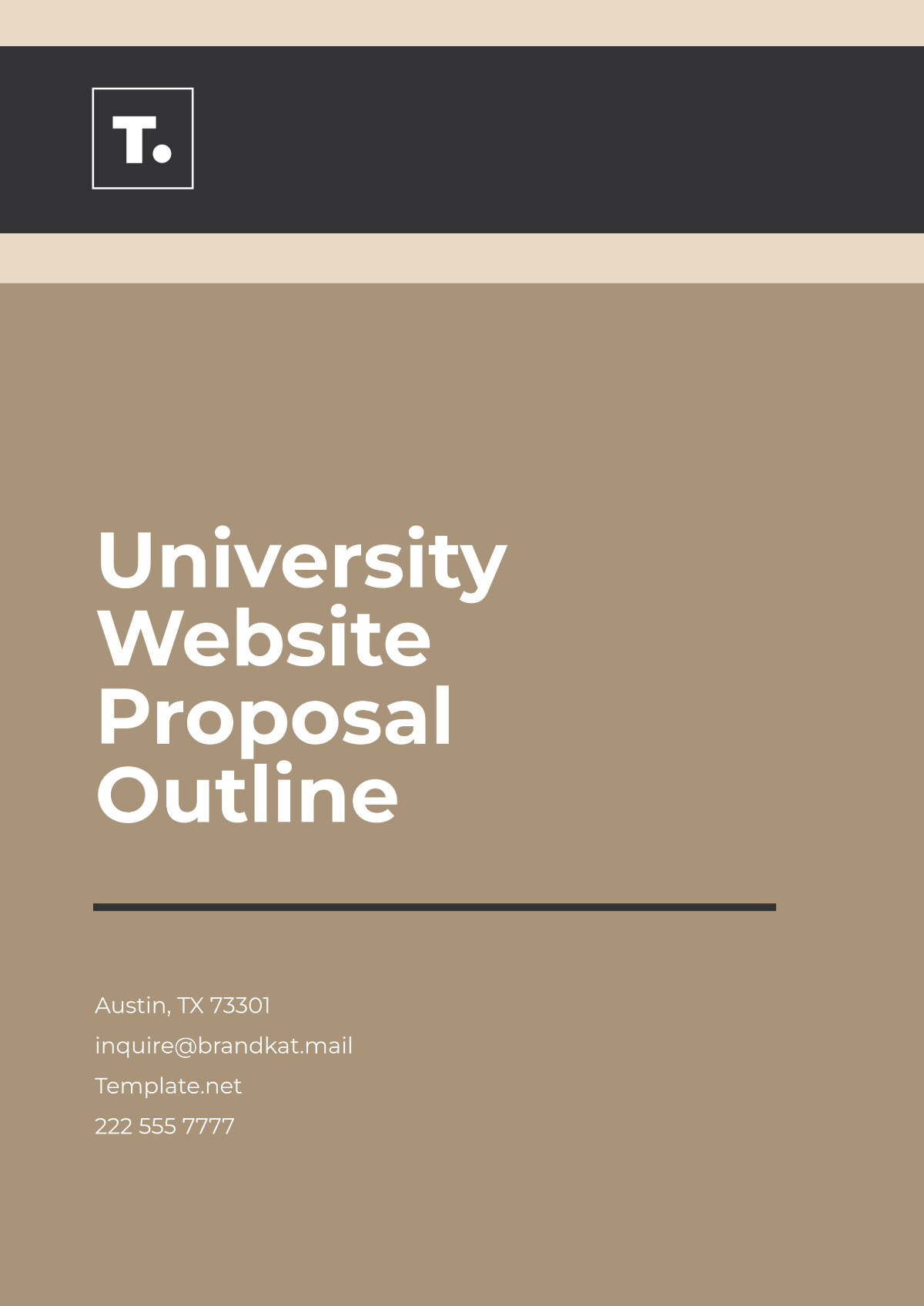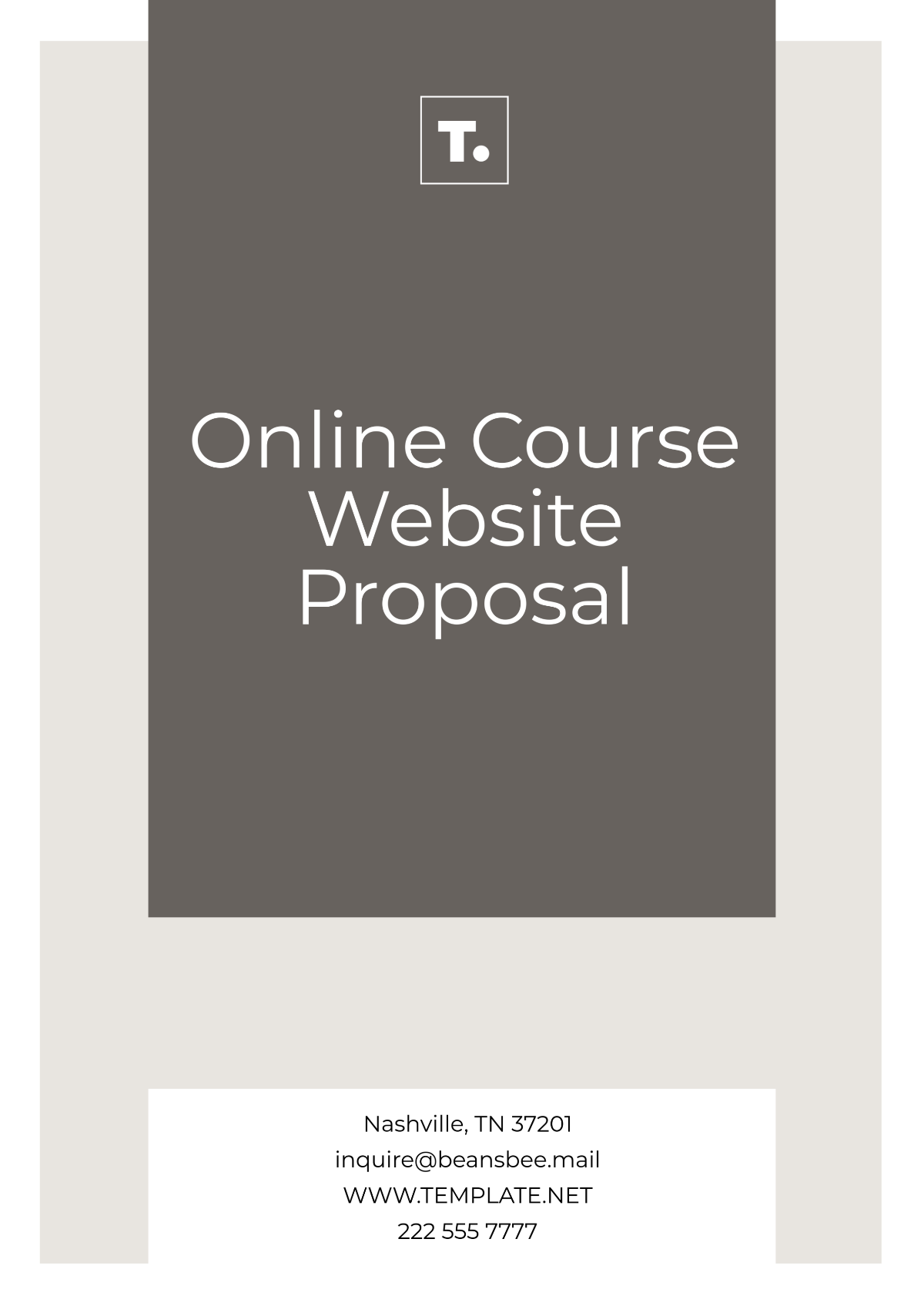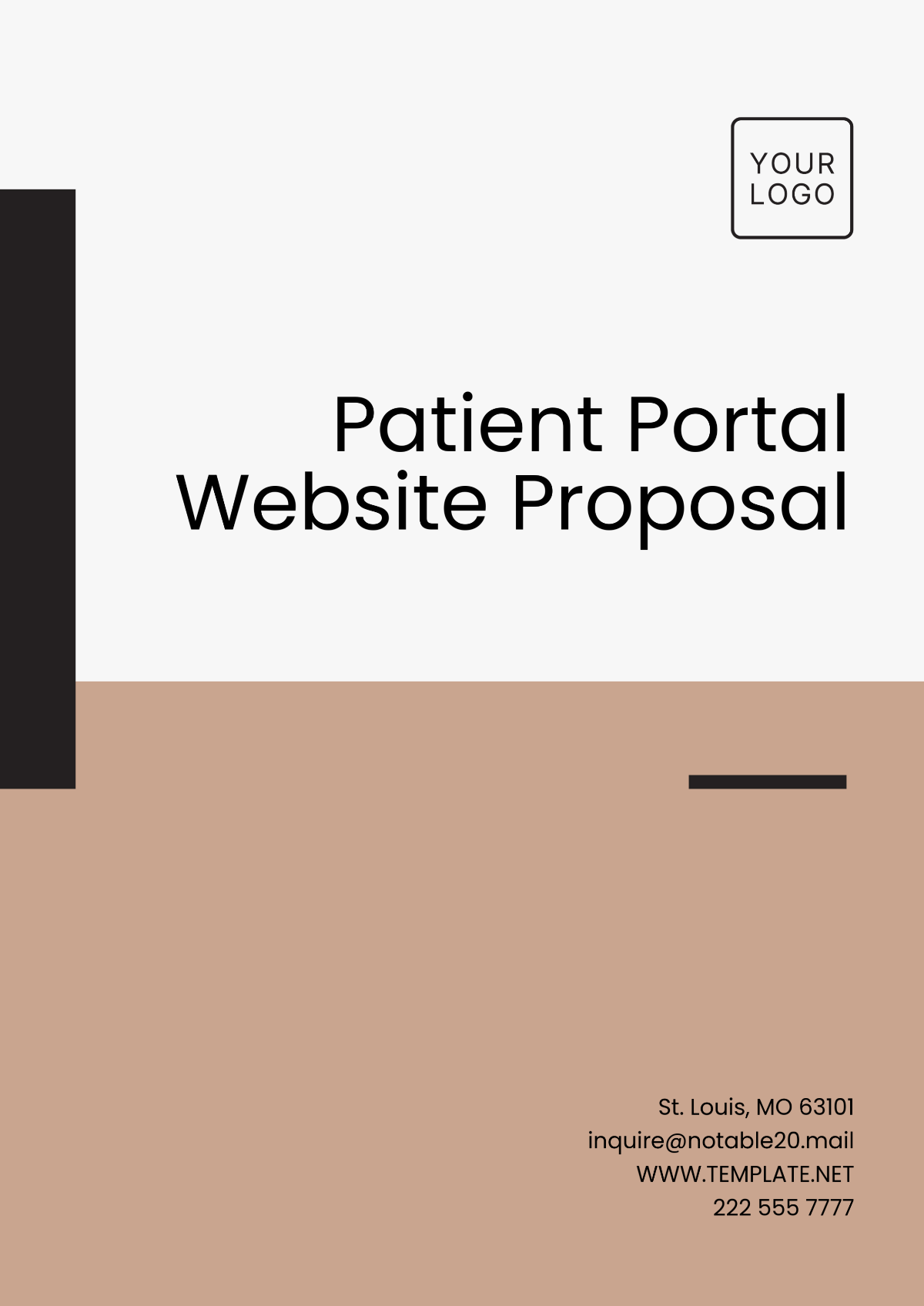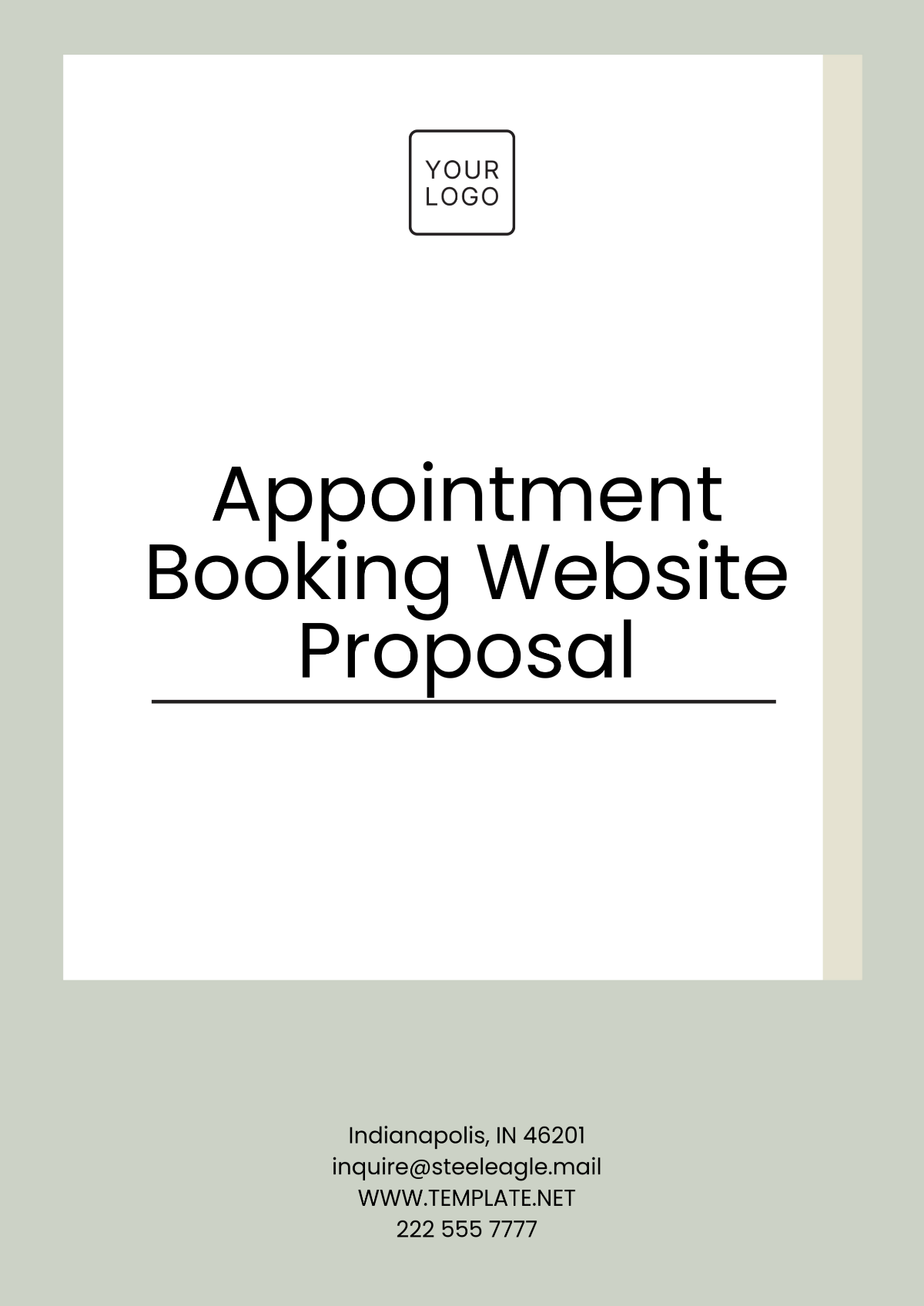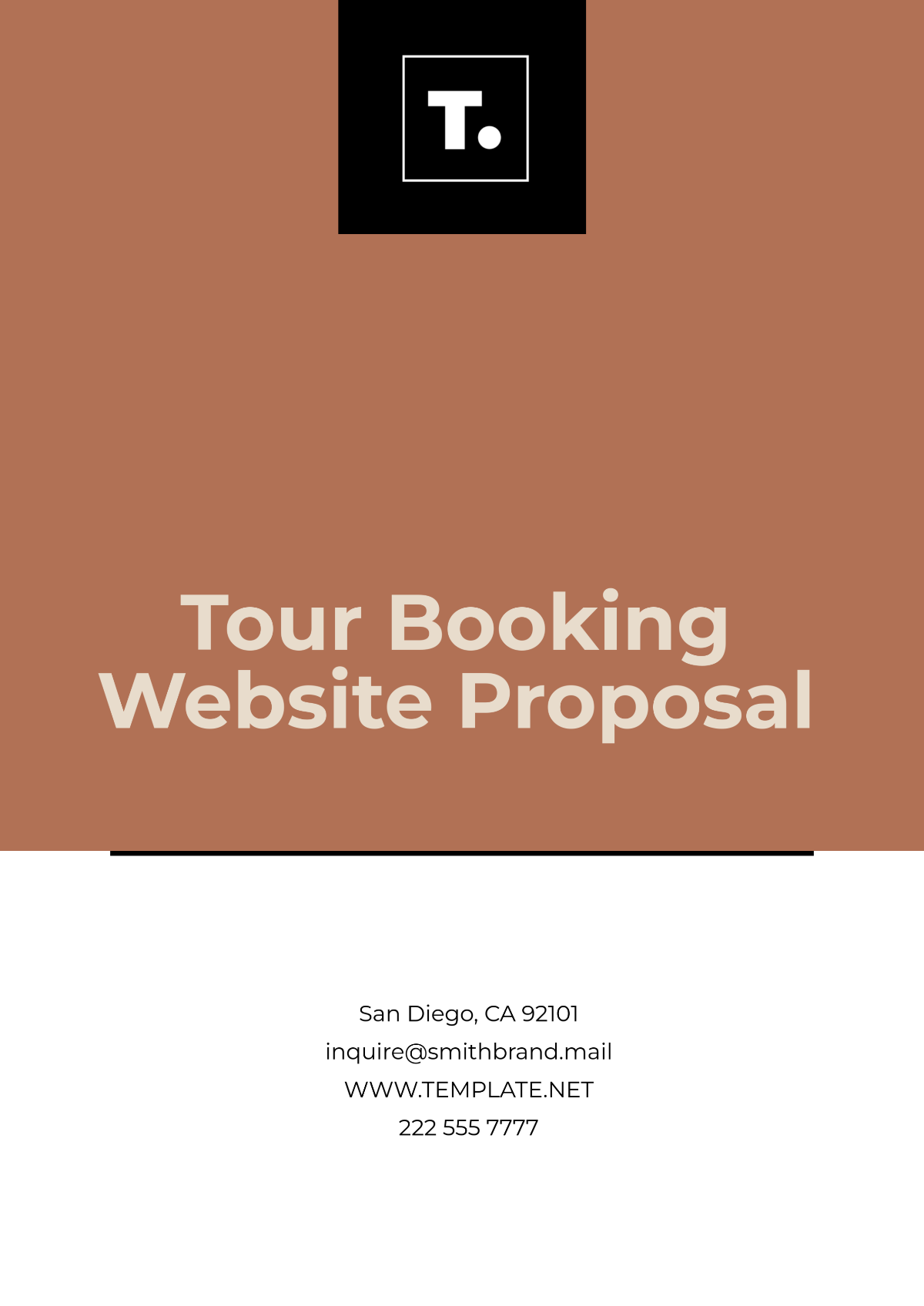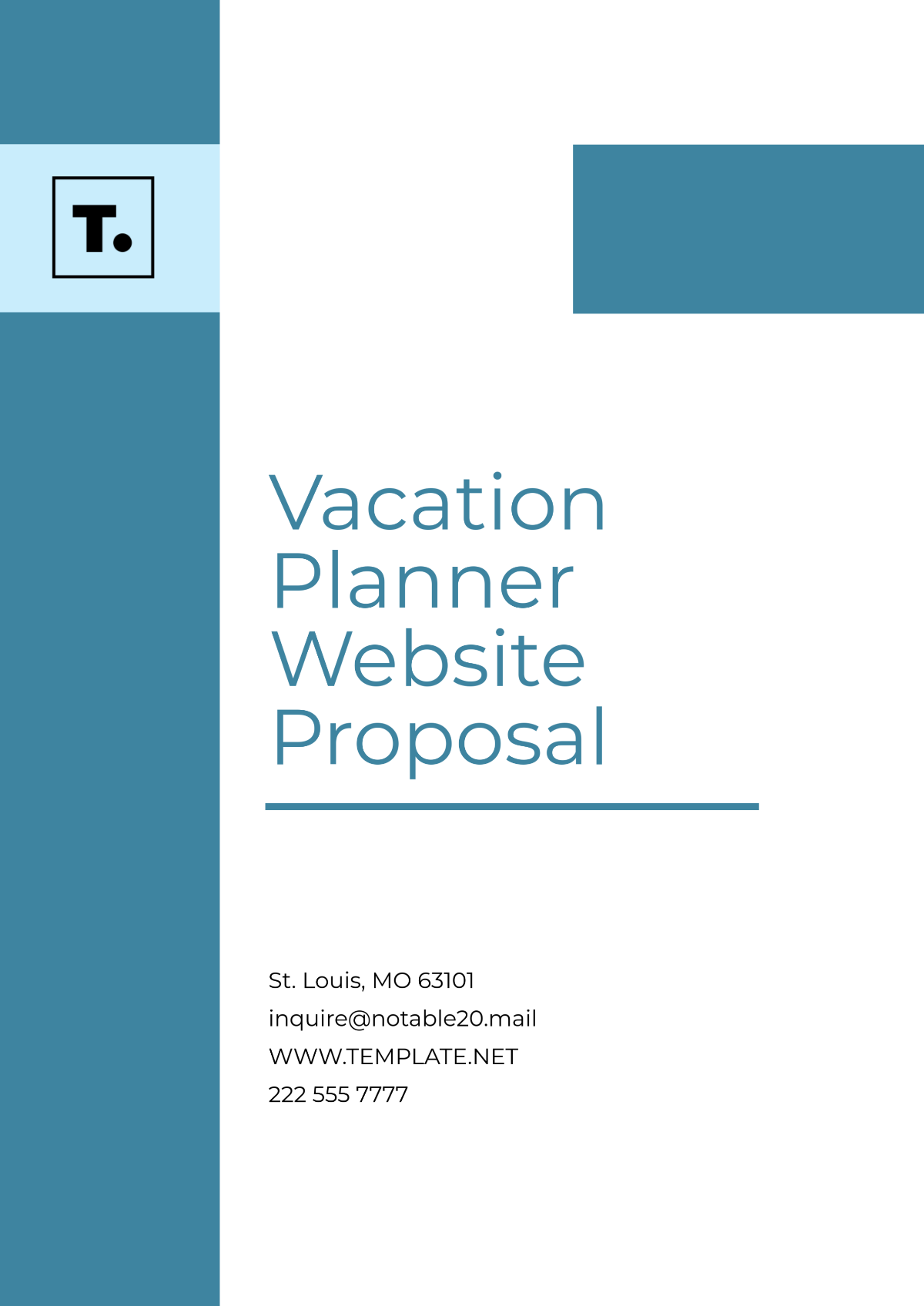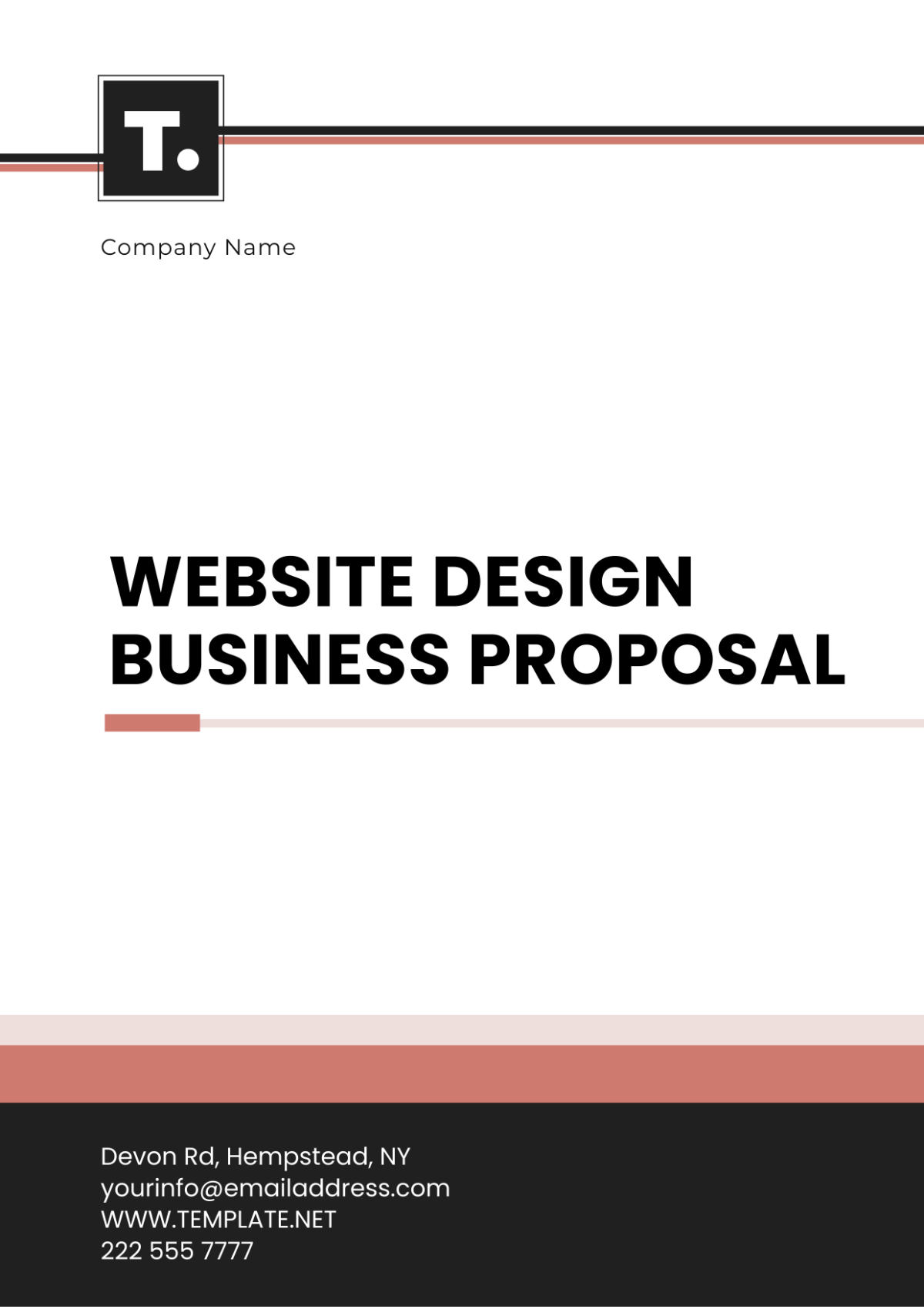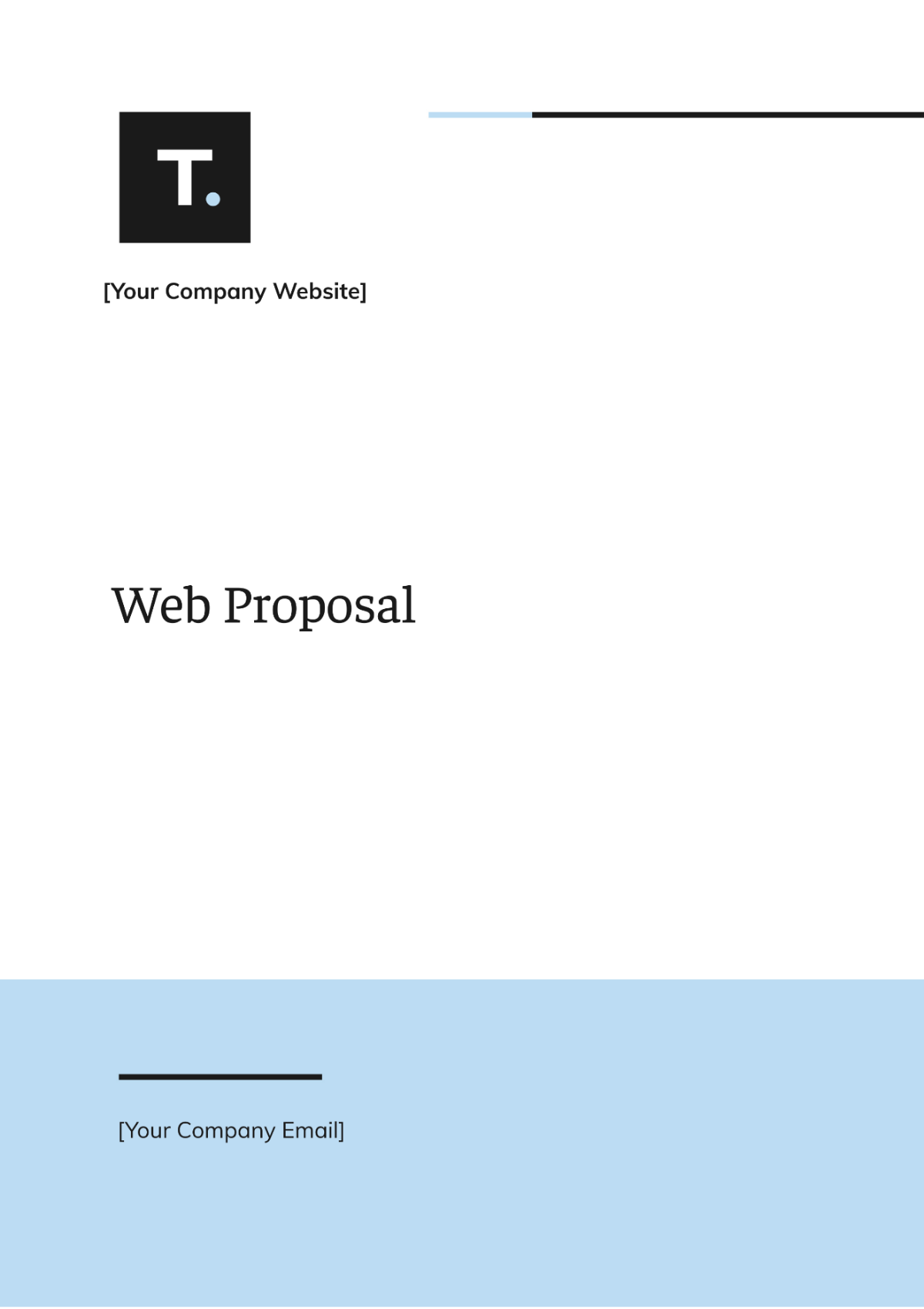Web Design Proposal Report
Prepared by: [YOUR NAME]
Date: [DATE]
I. Executive Summary
This Web Design Proposal Report outlines the essential elements required to develop a professional and visually appealing website. The report includes an executive summary, an introduction to the project, methodology, findings, discussion, conclusion, recommendations, and appendices. By following this structured approach, you ensure clarity and completeness in your web design project.
II. Introduction
The purpose of this report is to provide a detailed proposal for the design of a new website. The target audience includes stakeholders, project managers, designers, and developers. This document will outline the project scope, objectives, and an overview of the anticipated deliverables.
A. Project Scope
Redesigning the Existing Website: Updating the website’s visual design and functionality to better meet user needs and business goals.
Improving User Experience and Interface: Enhancing the website's layout and navigation to make it more user-friendly and appealing.
Implementing Responsive Design: Designing the website to automatically adapt to all devices ensures an excellent user experience.
Integrating Modern Web Technologies: Using the latest tools and practices to enhance performance, functionality, and security.
B. Objectives
Enhance Visual Appeal and User Engagement: Improving the website’s design to make it more attractive and engaging for users.
Boost Website Performance and Loading Speed: Optimizing the website to load faster and perform better, providing a smoother user experience.
Ensure Compatibility Across Multiple Devices and Platforms: Make sure the website functions properly on various devices and operating systems.
Increase Overall Traffic and User Retention: Implementing strategies to attract more visitors and keep them returning to the website.
III. Methodology
The methodology section outlines the research methods and design processes used to meet the project's objectives, detailing each step, technique, tool, and strategy, and explaining the rationale behind every decision to ensure accurate outcomes.
A. Research
Competitive Analysis: Evaluating competitor websites to identify design trends, features, and best practices that can inform the new design.
Stakeholder Interviews: Gathering insights and requirements from key project stakeholders to align the website design with their goals and expectations.
User Surveys and Feedback: Collecting input from users to understand their needs, preferences, and pain points for improving the website’s usability and functionality.
B. Design Process
Steps | Activities | Deliverables |
|---|---|---|
Planning | Define scope, timeline, and resources | Project Plan |
Wireframing | Create basic sketches of the site layout | Wireframes |
Mockups | Design detailed visuals | High-fidelity mockups |
Development | Coding and integration | Fully functional website |
Testing | Conduct usability and performance tests | Test Reports |
Launch | Deploy the website | Live Website |
IV. Findings/Result
The findings comprehensively showcase the outcomes and data that have been gathered as a result of the extensive research and meticulous design process undertaken.
A. Competitive Analysis
The detailed competitive analysis conducted has brought to light the following valuable insights and observations:
Most Competitors Have a Mobile-Responsive Design: Competitor websites are designed for optimal display on various mobile devices, ensuring consistent, user-friendly interfaces and functionality across different screen sizes.
User-Centric Designs Are Predominant: Many competitor websites prioritize user-centered designs, which significantly boost the usability of their platforms and enhance audience engagement and interaction.
Features: Chat Support, Interactive Elements Rival websites frequently incorporate features such as live chat for immediate assistance and other interactive components to enhance user involvement.
B. User Feedback
The Desire for Faster Loading Times: Users expect websites to load swiftly to avoid frustration and maintain engagement, leading to a more satisfying browsing experience.
Need for a More Intuitive Navigation System: Users prefer navigation that is straightforward and user-friendly, allowing them to locate information quickly without confusion.
Preference for Clean, Minimalistic Designs: Users appreciate designs that are streamlined and visually simple, focusing on core content and functionality without distractions.
V. Analysis
A. User Experience
Improving user experience requires an all-encompassing approach that targets key areas such as performance speed, ease of navigation, and visual design, based on thorough user feedback and competitive analysis, ensuring an intuitive, efficient, and visually pleasing experience.
B. Design Efficiency
Utilizing Modern Frameworks and Libraries for Responsive Design: Using up-to-date tools and frameworks to ensure the website adapts seamlessly to various devices and screen sizes.
Employing Best Practices in UI/UX Design Principles: We design intuitive and visually appealing user interfaces by blending proven design principles to create a seamless and satisfying user experience.
Conducting Iterative Testing for Optimal Performance: Repeatedly testing the website to identify and resolve issues, ensuring the best possible performance and user experience.
VI. Conclusion
In conclusion, the proposed web design project aims to enhance user engagement and interface, ensuring a seamless, enjoyable experience across multiple devices. The combination of thorough research, strategic planning, and detailed design will result in a website that meets both user needs and business objectives.
VII. Recommendations
Considering the detailed analysis and the subsequent findings, the following recommendations are hereby proposed for consideration and implementation:
Adopt a User-Centered Design Approach: Focus on designing the website around user needs and preferences to enhance usability and satisfaction.
Implement Advanced Web Technologies for Speed and Performance: Use cutting-edge tools and techniques to optimize website speed and overall performance.
Keep stakeholders informed during the project: Regularly update and engage with stakeholders to ensure alignment and address any concerns promptly.
Conduct Regular User Testing and Feedback Sessions: Continuously test the website with users and gather feedback to make informed improvements.
Ensure the Website is Accessible and Compliant with Web Standards: Design the website to meet accessibility guidelines and current web standards, ensuring it is usable by all individuals.
